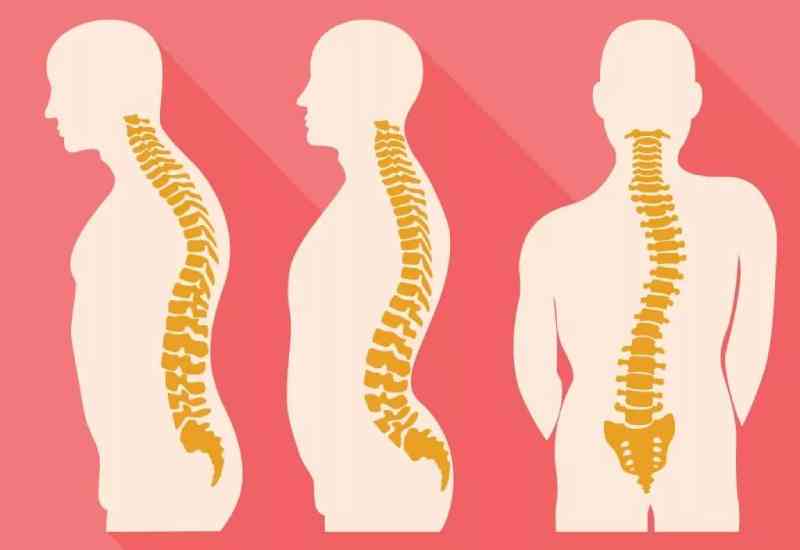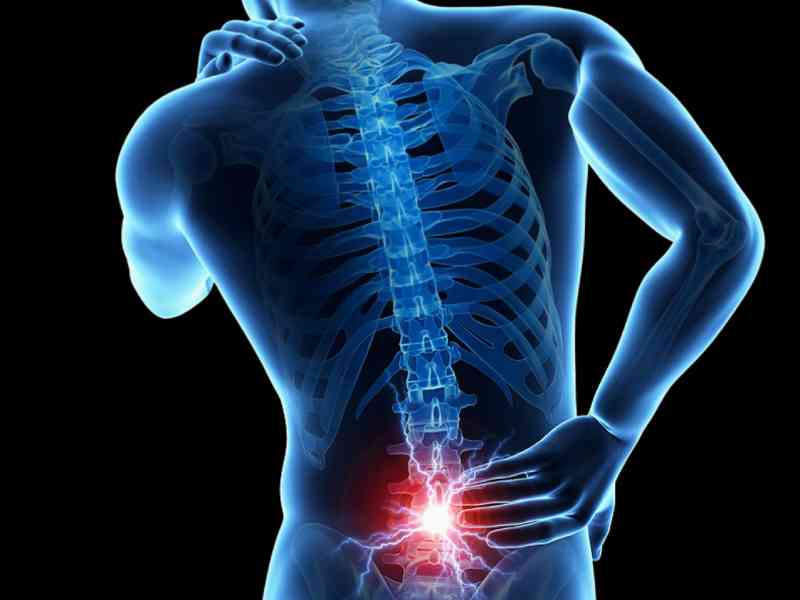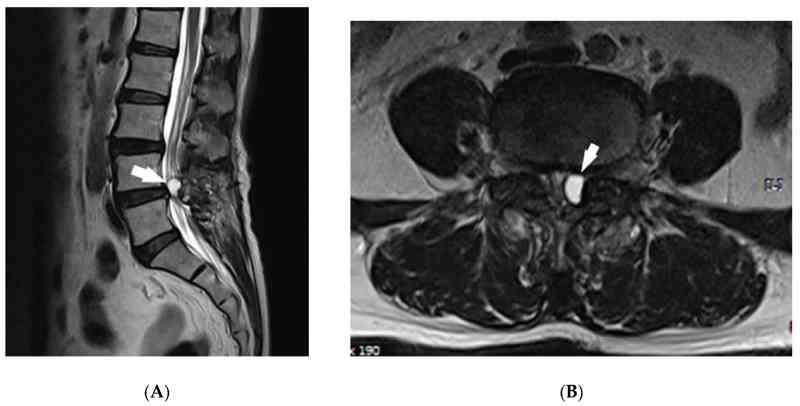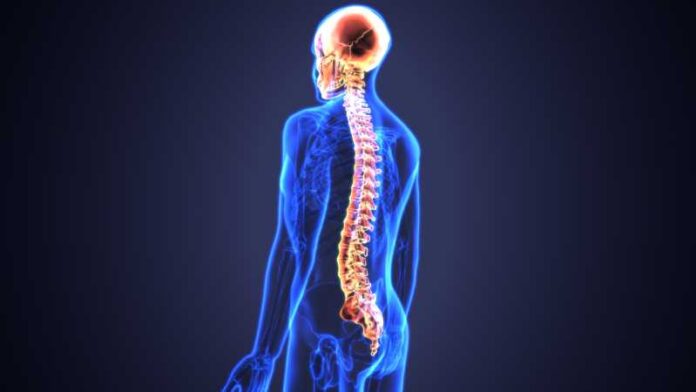The spine, which plays an important role in the human appearance and is similar to the English S, consists of 24 bony discs called vertebrae or sacrum.
When the bones change, they put pressure on the spinal cord or nerves, which causes pain in this area. This also causes disruption in small daily tasks, and the person may even be unable to perform simple movements.
It is said that the method of treating each spine disease can be different, so that in some cases surgery may be required.
Some of these problems cause a change in the structure of the spine, which causes damage to the vertebra and surrounding tissue. Examples include infections, tumors, and injuries to this area.
In this article, we are going to mention some of the most common diseases and their treatment methods. Keep in mind that the mentioned treatment methods are general and general, and you should see a specialist doctor for complete treatment.
Curvature of the spine
In general, the shape of the human spine is similar to the English S. When we look at a person’s spine from behind, it should be seen right in the middle of the waist, otherwise his position is not normal.
When this part has abnormalities, its normal state is lost. In general, the curvature of the spine is divided into the main parts, which are lordosis, kyphosis and scoliosis.
 In lordosis, the affected person’s spine curves inward dramatically, while in kyphosis, rounding of the upper back is common. In scoliosis, the patient has a C-shaped curve in the back of the body.
In lordosis, the affected person’s spine curves inward dramatically, while in kyphosis, rounding of the upper back is common. In scoliosis, the patient has a C-shaped curve in the back of the body.
What is the cause?
One of the most common causes of spinal curvature is bone growth disorders. Another cause of this disease can be a vertebra that often slips forward in the lower back.
Other reasons include osteoporosis, excessive weight and obesity, tumor growth and spinal infections.
What are its treatment methods?
To treat this disease, the type of disorder and its severity should be checked first. In the case that the severity of the curvature is mild, it can be treated using medicine and exercise, while in severe cases, surgery is needed.
According to experts, the use of braces, medication, weight loss and surgery can help treat it.
The use of medicine is recommended to reduce pain and inflammation, and in some cases when surgery is needed, several sessions of physiotherapy are prescribed to the patient to maintain the flexibility of the body in a normal state.
Pain at the end of the spine
Pain at the end of the spine, also known as “coccyx pain”, is a pain felt in or around the bony structure of the patient’s lower spine.

What is the cause?
One of the reasons for pain at the end of the spine can be due to the injury of the tailbone when falling on the ground. Sitting for long periods on a flat surface can also be another reason. According to some doctors, changes in the joints that are common in arthritis can cause this pain in the patient.
What are its treatment methods?
In most cases, coccyx pain improves within a few months by correcting the sitting and standing posture, but if this pain continues for a long time, a person should see a doctor. First, the doctor prescribes imaging to check the joint changes, after that the patient can complete his treatment with physiotherapy. During treatment, medication is also prescribed to reduce pain.
It should be mentioned that if the above treatments do not affect the patient, surgery is the last way that can be recommended to the patient.
Spinal cyst
Another common disease in the spine is a cyst. This disease causes back pain in the patient. Benign cysts are not dangerous like tumors, but they can bother a person. Sometimes a cyst can remain in the body for years without anyone noticing it.

If these types of cysts become too large, they cause spinal cord stenosis and pressure on nerve roots in the affected person.
What is the cause?
So far, the exact cause of this lesion is not known, but doctors believe that friction between the vertebrae for a long time can cause it to occur. For this reason, cysts are often seen in people over 50 years old.
Erosion of the joints begins with age, and the body responds by producing a liquid called “synovial”, which is more like a gel, and is responsible for lubricating the joints. If this liquid is produced more than normal, it causes the formation of cysts in the body.
The initial symptoms of cysts in the body include back pain and tingling.
What are its treatment methods?
If the cyst does not have annoying symptoms and does not cause a particular problem for the person, the doctor usually recommends avoiding any unnecessary manipulations and treatments, but if the cyst bothers the person, the doctor recommends surgical treatment. However, it is better to know that many cysts in the body are not dangerous and sometimes disappear by themselves and do not require treatment.










